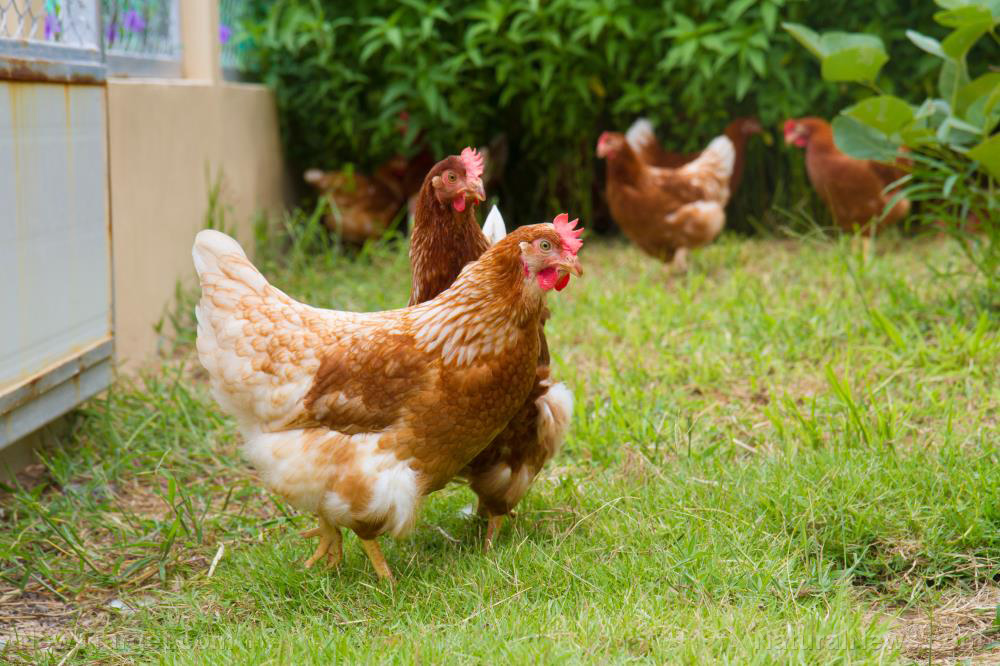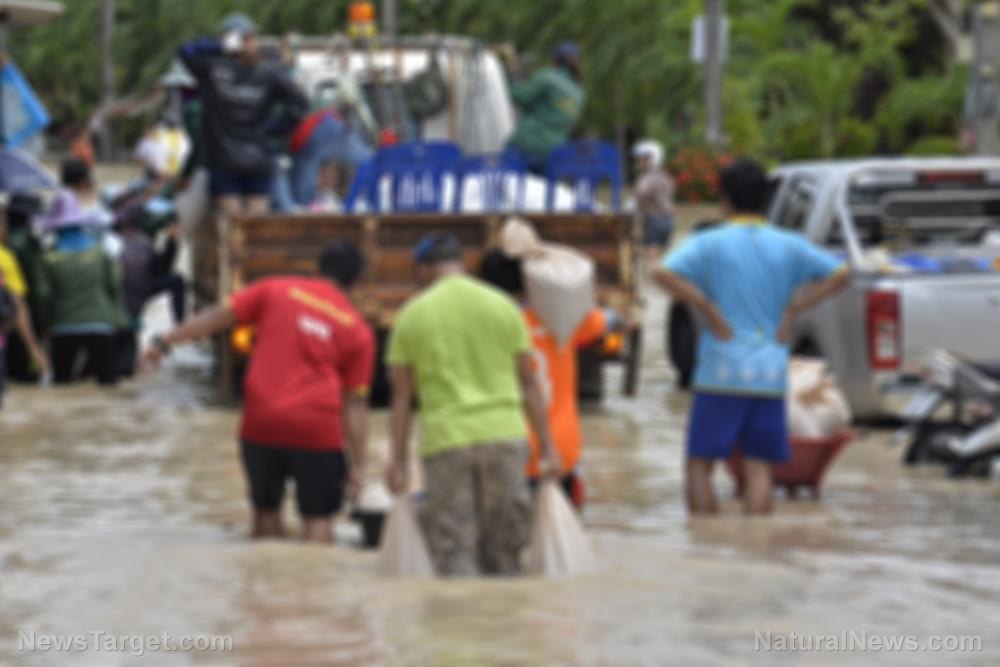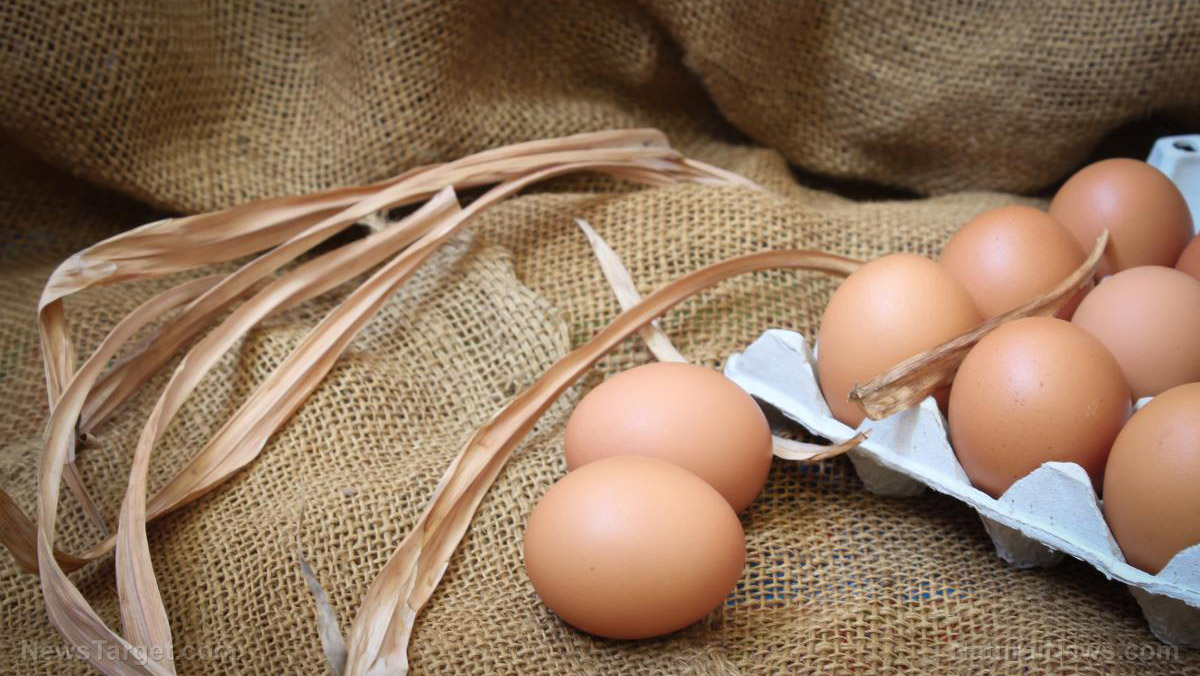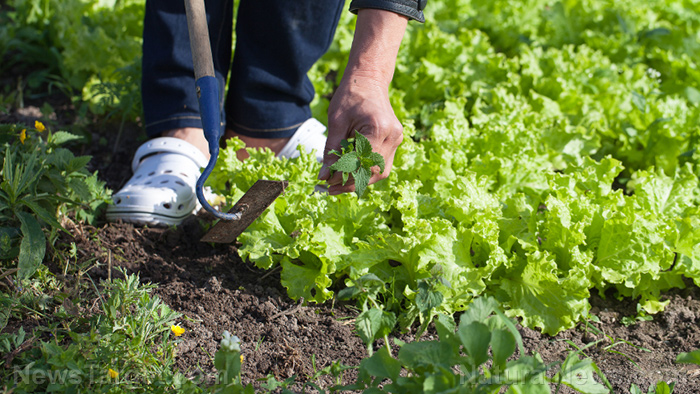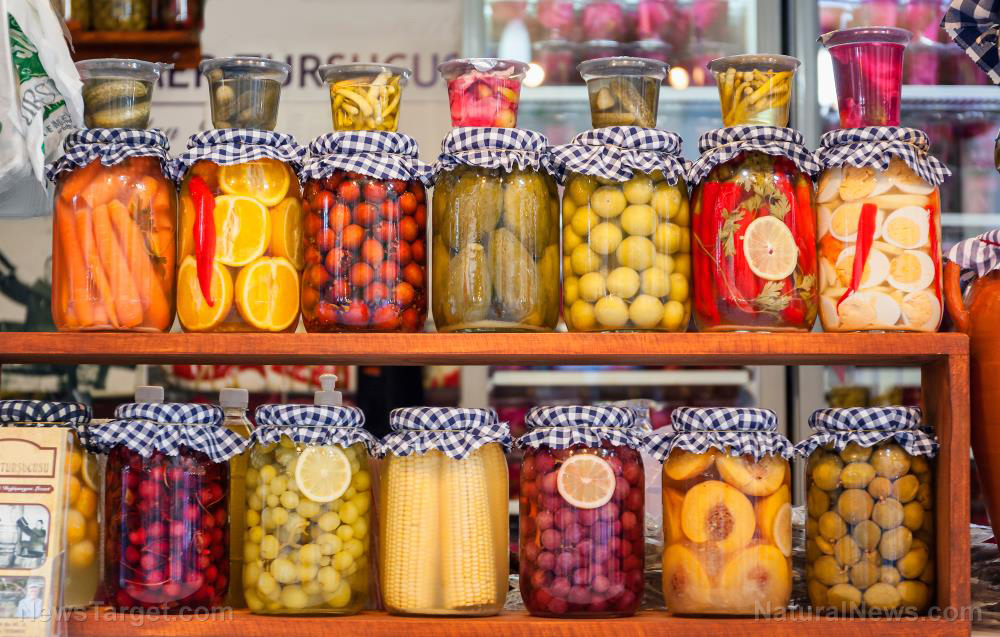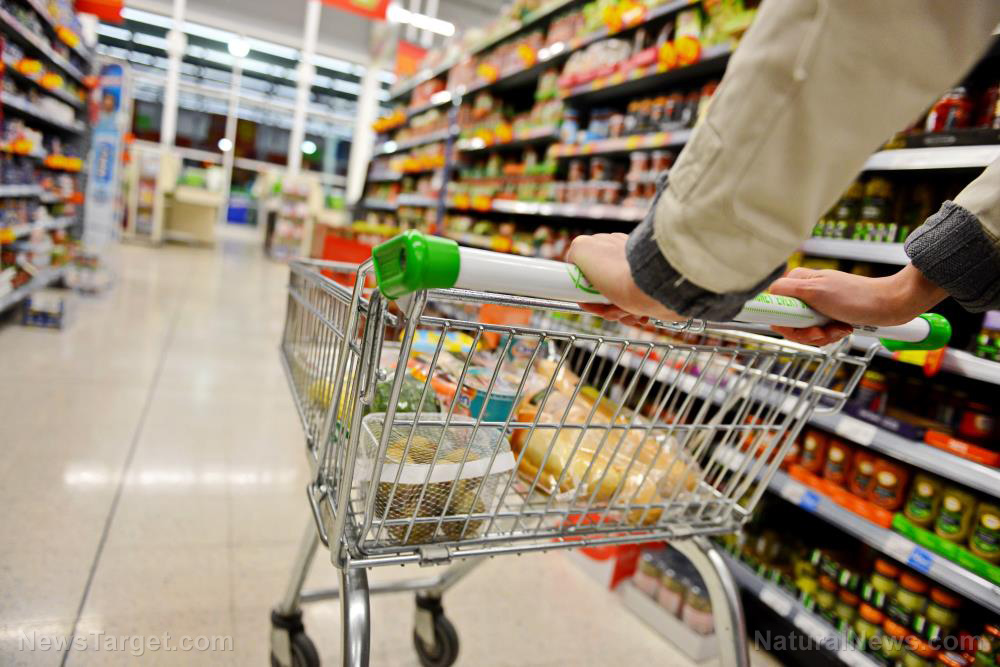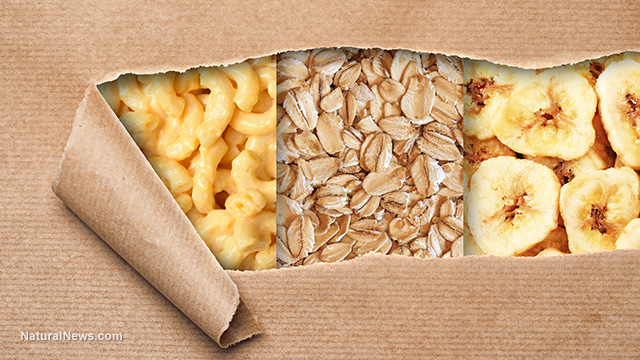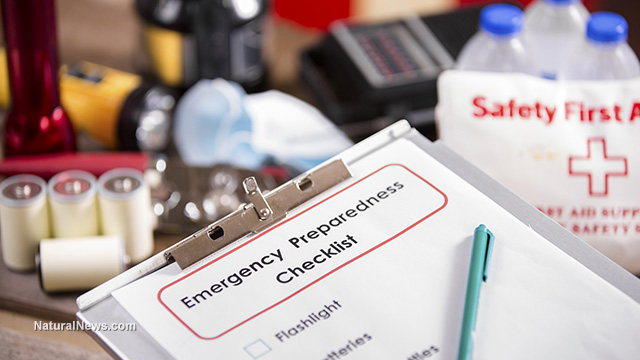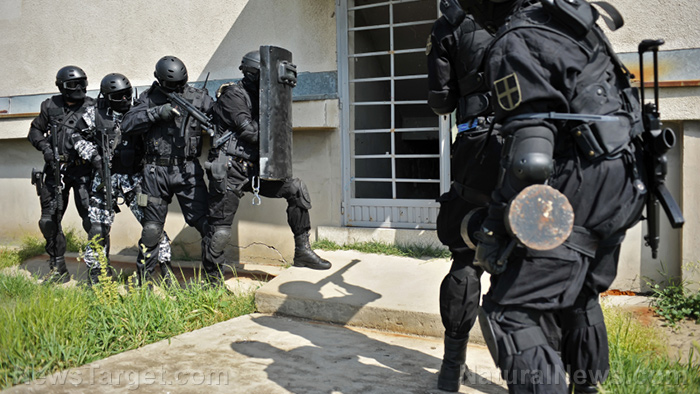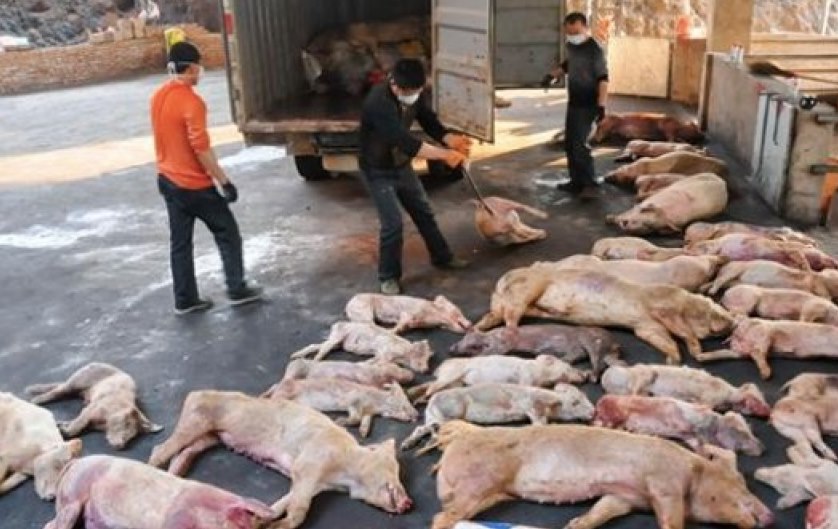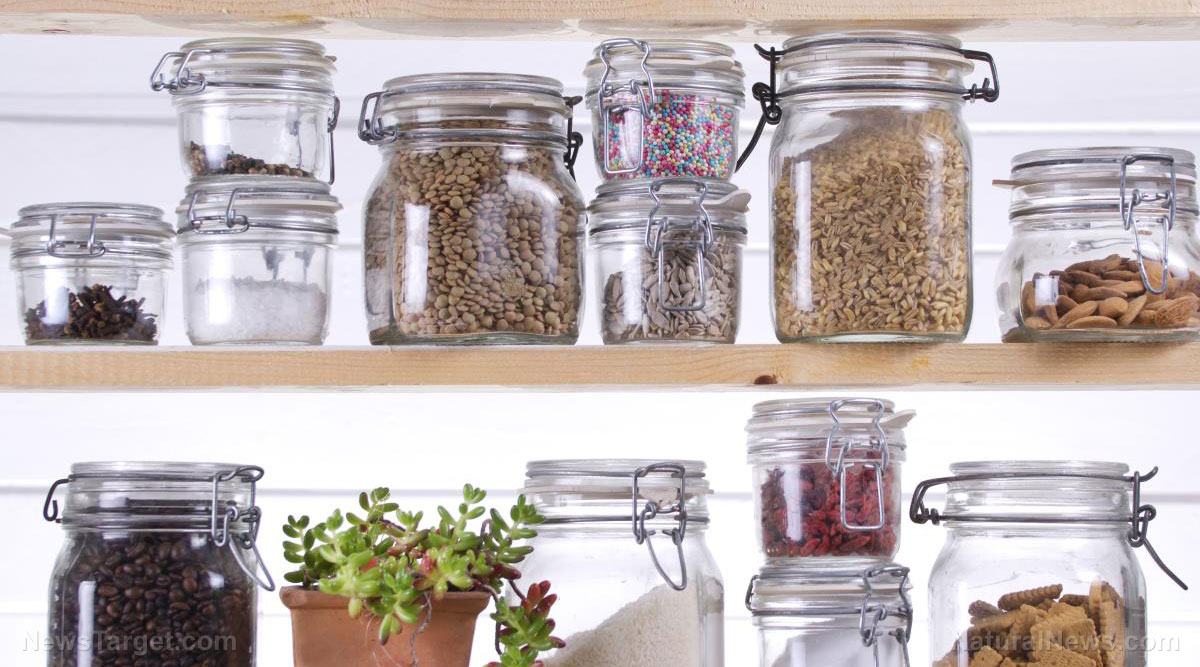Important tips for organizing your emergency food supply
03/09/2018 / By Jayson Veley

Stockpiling food and water in a small home or apartment can be quite difficult at times, but not if you know how to properly organize. Last month, SmartPrepperGear.com published an article on this very topic, and provided preppers with some incredibly helpful advice regarding how to efficiently organize their emergency food supply.
First and foremost, it’s important to understand that it simply isn’t possible to build an endless food supply. You can potentially stockpile a lot of food and water depending on the size of your home, but even then, your space will eventually run out. That is why it’s necessary to put a plan together and figure out how much food you really need in your emergency food supply.
As SmartPrepperGear.com put it, “In order to determine how much that you need you have to determine the threats you are preparing for. Not all of us are preparing for the same threats. At least, we shouldn’t be. If you are trying to prepare for every threat known to man you will end up only being partially prepared in all areas instead of fully prepared in the important areas.”
Once you have established how much food you will need in your emergency food stockpile, sit down and make a list of food that you and your family will enjoy, since eating food that you like will increase morale and produce hope in the aftermath of a catastrophic event. “For short-term recovery events, you may only need canned and packaged foods,” SmartPrepperGear.com notes, adding that for long-term recovery events, it would be smart to get dehydrated and freeze-dried food. While you should definitely have emergency food for both short-term recovery events and long-term recovery events, it is worth mentioning that the nutritional value in canned foods diminishes at a much faster rate than freeze-dried food – and in a real-life survival situation, you are going to need all the nutrition you can get.
Last year, Natural News published an article outlining ten affordable and nutritional food items that all preppers should consider stocking up on before SHTF. These food items include bottled water, canned liquids, dehydrated foods (as previously mentioned), hard cheeses due to the fact that they won’t grow bacteria while encased in wax, canned meats, protein bars, oils, cereals, drink mixes, and oatmeal.
After figuring out how much food you will need and what types of food you want to stockpile, the third step is to find a place to store it all. You may want to consider storing some of your emergency food supply in a climate controlled space, or potentially even bury it in cache containers if you want to keep your stockpile out of sight. (Related: Here’s why your decision to stop prepping could have been the biggest mistake of your life.)
As we all know, food doesn’t last forever; it has an expiration date. This is why it’s important to track your inventory and to rotate expiring food every month. One method that you can use to keep track of what food items are expiring soon and what food items still have some time left is called the FIFO (first in first out method). This is when you organize older foods at the front of the shelves and newer foods towards the back, so that you don’t have to rummage through your entire supply to find what is going bad soon.
Lastly, labeling all of your food with expiration dates can make it even easier to identify what foods you should eat soon and which ones still have some time left. Labeling can be a daunting task, so it might be a good idea to invest in a label printer. If you follow all of these suggestions, then you will be well on your way to creating an organized stockpile of emergency food.
See Gear.news for more coverage of survival and preparedness gear.
Sources include:
Tagged Under: bugout, Collapse, food supply, Gear, prepping, storable food, survival

